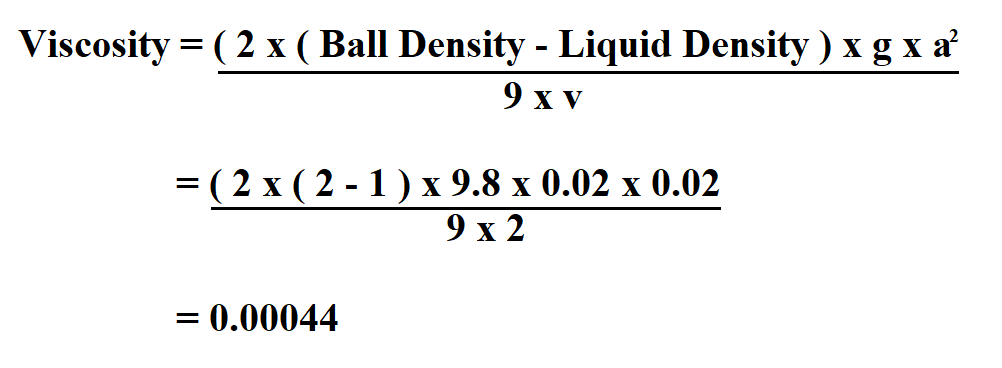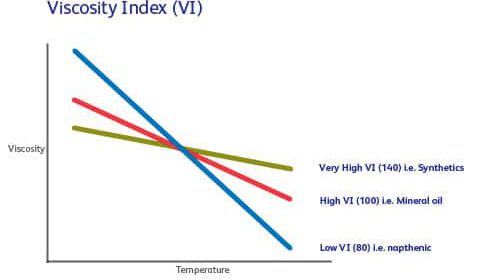
The imaginary part then handles the attenuation, while the real part accounts for refraction. Light propagation in absorbing materials can be described using a complex-valued refractive index. This effect can be observed in prisms and rainbows, and as chromatic aberration in lenses.

This causes white light to split into constituent colors when refracted. The refractive index may vary with wavelength.

This implies that vacuum has a refractive index of 1, and assumes that the frequency ( f = v/ λ) of the wave is not affected by the refractive index. The refractive index can be seen as the factor by which the speed and the wavelength of the radiation are reduced with respect to their vacuum values: the speed of light in a medium is v = c/ n, and similarly the wavelength in that medium is λ = λ 0/ n, where λ 0 is the wavelength of that light in vacuum. The refractive indices also determine the amount of light that is reflected when reaching the interface, as well as the critical angle for total internal reflection, their intensity ( Fresnel's equations) and Brewster's angle. This is described by Snell's law of refraction, n 1 sin θ 1 = n 2 sin θ 2, where θ 1 and θ 2 are the angle of incidence and angle of refraction, respectively, of a ray crossing the interface between two media with refractive indices n 1 and n 2. The refractive index determines how much the path of light is bent, or refracted, when entering a material. In optics, the refractive index (or refraction index) of an optical medium is a dimensionless number that gives the indication of the light bending ability of that medium. High-VI fluids can also improve the energy efficiency of a machine.Ratio of the speed of light in vacuum to that in the medium A ray of light being refracted through a glass slab But when conditions are not constant-such as in mobile equipment that must operate from winter cold to desert heat-and loads, speeds and temperatures vary, many OEMs recommend high-VI fluids that help maintain near-optimum viscosity over a wider temperature range. Here, the viscosity index is not so important: Just choose the suitable monograde viscosity recommended for the application. Too thick and the machine is hard to start and has low mechanical efficiency, and can even lead to problems like cavitation.Īlthough oil viscosity changes with temperature, that’s not so important in machines that run at constant load and speed and at constant temperatures. When viscosity is too low and fluid too thin, users will see problems like higher wear and overheating. Experts often recommend shear-stable additives to ensure high-VI fluids work as intended.Īlso remember that it’s important to use a fluid with the recommended viscosity when running a machine. Such action can, over time, break down the polymers and degrade fluid viscosity. However, viscosity improvers can be susceptible to mechanical shearing. But at higher temperatures, the polymers expand and that helps increase viscosity. At low temperatures, the polymer chains in the modifiers contract or fold and don’t have much effect on fluid viscosity.

These modifiers are temperature sensitive. Synthetic oils usually have a higher VI than do mineral oils.įluid manufacturers can improve the viscosity index of base oils by using polymer additives to form multigrade-viscosity oils. Highly refined mineral oils with few contaminants tend to have higher VIs, all things being equal. Standard ASTM D2270 calculates viscosity index in part by measuring a fluid’s kinematic viscosity at 40° and 100° C.

That, in turn, means consistent, high performance from a machine. The best oils with the highest VIs remain stable and don’t vary much in viscosity over a wide temperature range. Typical mineral-oil fluids used in hydraulics have a viscosity index of around 100, although products range from below 100 to well beyond 200. High-VI fluids, in contrast, are less affected by temperature changes. Thus, a fluid with a low viscosity index will experience a relatively large swing in viscosity as temperatures change. (It also applies to fluids like engine and automatic transmission oils, gear lubricants, and power-steering fluids.) The greater the viscosity index (VI), the smaller the change in fluid viscosity for a given change in temperature, and vice versa. Viscosity index is a dimensionless number that represents how the viscosity of a hydraulic fluid changes with temperature.


 0 kommentar(er)
0 kommentar(er)
